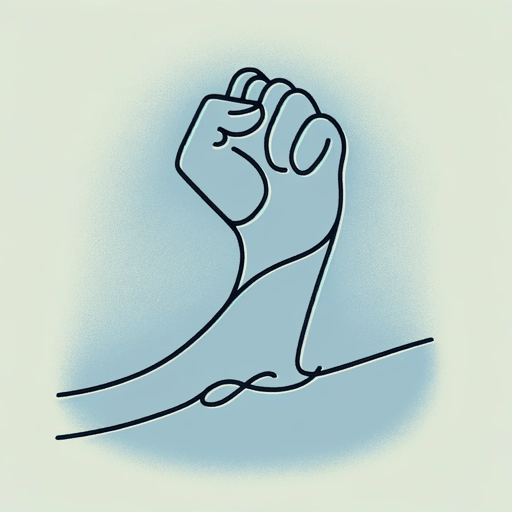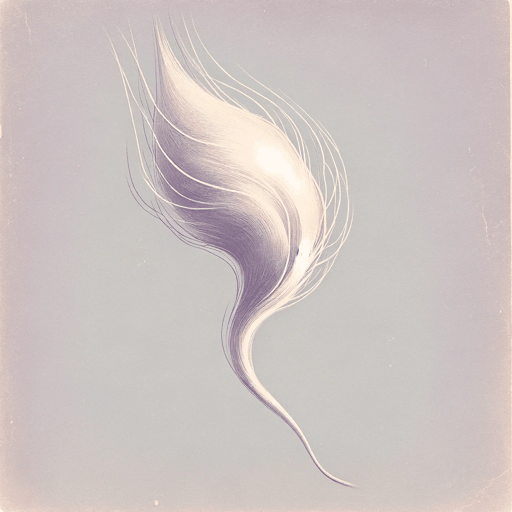21 pages • 42 minutes read
Gwendolyn BrooksThe Chicago Defender Sends a Man to Little Rock
Fiction | Poem | Adult | Published in 1957A modern alternative to SparkNotes and CliffsNotes, SuperSummary offers high-quality Study Guides with detailed chapter summaries and analysis of major themes, characters, and more.
Poem Analysis
Analysis: “The Chicago Defender Sends a Man to Little Rock”
Brooks’s free verse poem has 60 lines that are broken up into 14 stanzas. The first-person speaker is a reporter from the Chicago Defender newspaper. The subtitle, “Fall, 1957,” alludes to, or references, the events that occurred when Little Rock Central High School was desegregated.
The first stanza introduces a major theme of the poem: how white people who engage in acts of racism can appear non-threatening and similar to Black people. According to the speaker, the residents of Little Rock, Arkansas live normal lives. For instance, they “watch the want ads” (Line 3), which means—at the time—to look through the section of a newspaper that advertises job openings. This working-class characterization makes the residents relatable. This highlights how average, relatable people can be prejudiced.
The first stanza also introduces the color motif that runs throughout the poem. A woman doesn’t notice that her “wheat toast burns” (Line 4), and burnt toast is “brownish,” a color that is repeated near the end of the poem. Rather than the racially ambiguous word “people” (Line 1), this specific female resident seems to be white. This gives the reading about toast more depth. A white woman being ignorant, either intentionally or unintentionally, is a kind of mundane nefariousness when the connection is made between the color of the toast and discrimination based on skin color.
Related Titles
By Gwendolyn Brooks

A Bronzeville Mother Loiters in Mississippi. Meanwhile, a Mississippi Mother Burns Bacon
Gwendolyn Brooks

A Sunset of the City
Gwendolyn Brooks

Boy Breaking Glass
Gwendolyn Brooks

Cynthia in the Snow
Gwendolyn Brooks

Maud Martha
Gwendolyn Brooks

my dreams, my works, must wait till after hell
Gwendolyn Brooks

Speech to the Young: Speech to the Progress-Toward (Among them Nora and Henry III)
Gwendolyn Brooks

The Ballad of Rudolph Reed
Gwendolyn Brooks

The birth in a narrow room
Gwendolyn Brooks

The Blackstone Rangers
Gwendolyn Brooks

The Crazy Woman
Gwendolyn Brooks

The Lovers of the Poor
Gwendolyn Brooks

The Mother
Gwendolyn Brooks

the rites for Cousin Vit
Gwendolyn Brooks

To Be in Love
Gwendolyn Brooks

To The Diaspora
Gwendolyn Brooks

Ulysses
Gwendolyn Brooks

We Real Cool
Gwendolyn Brooks

